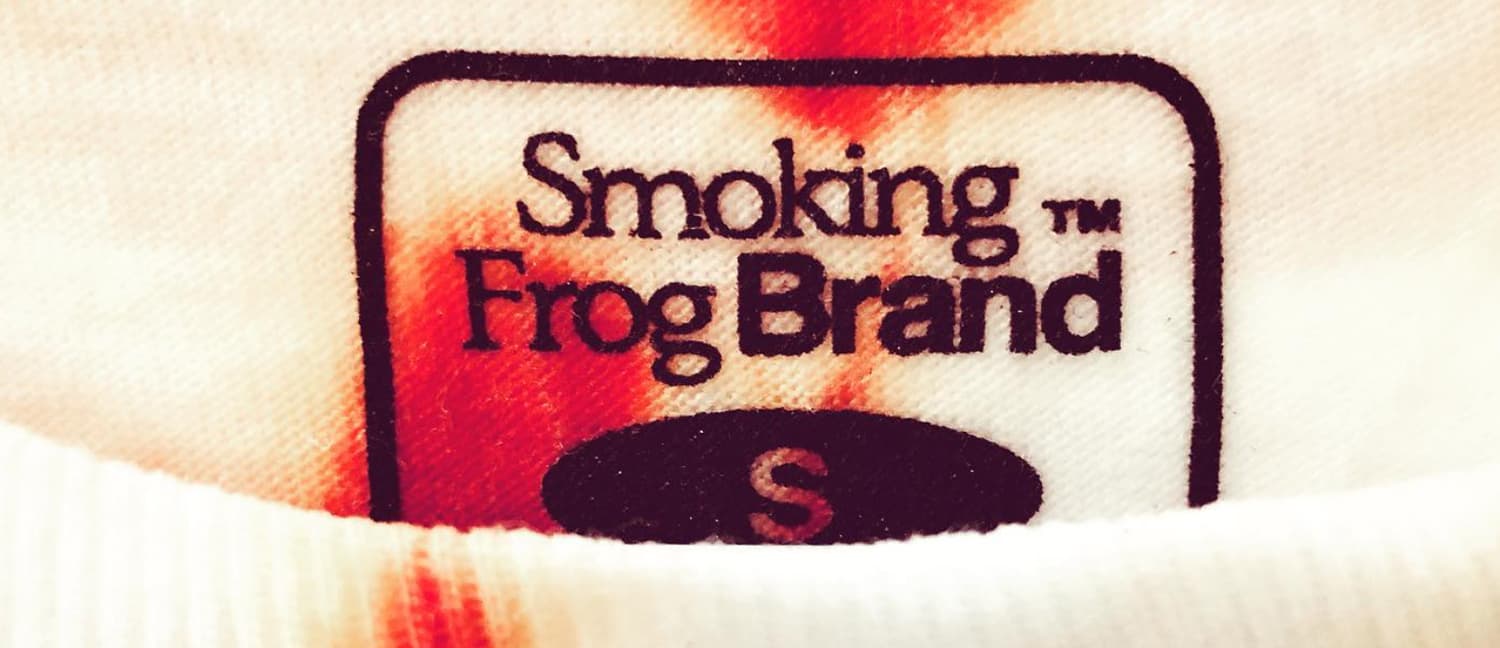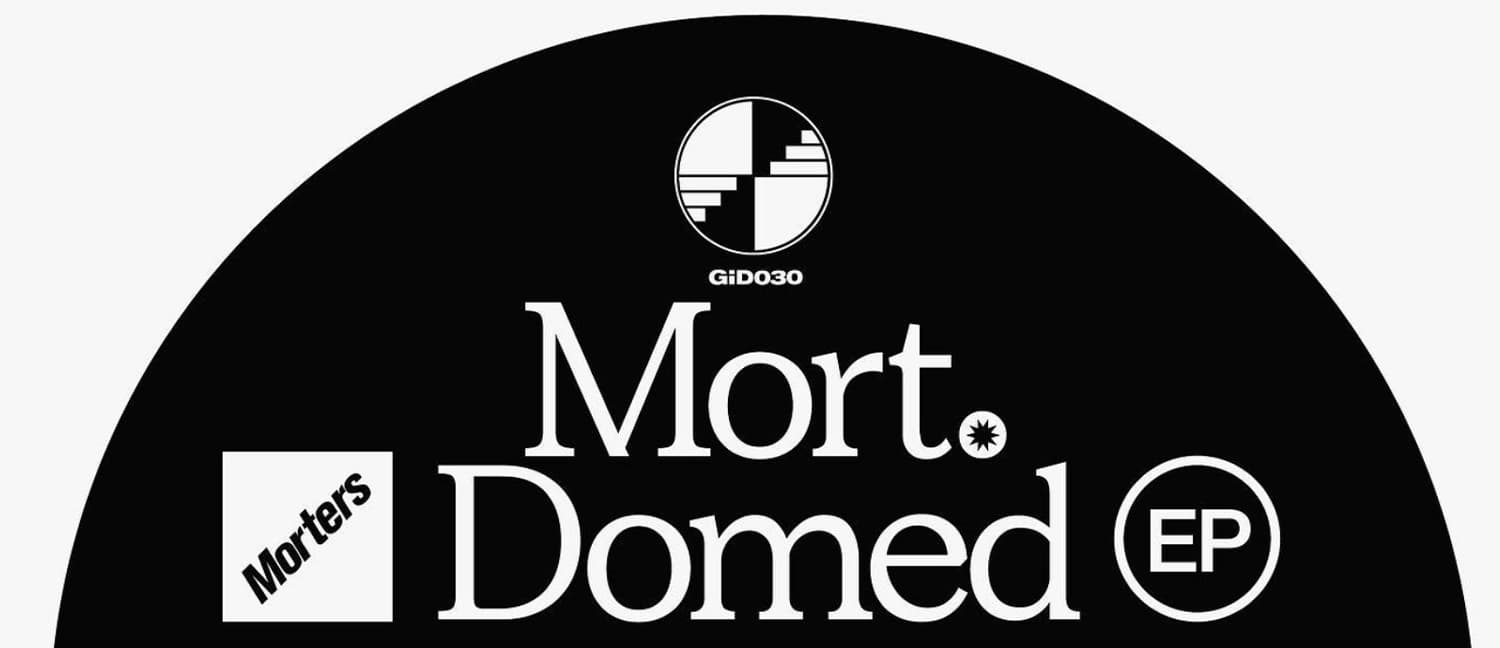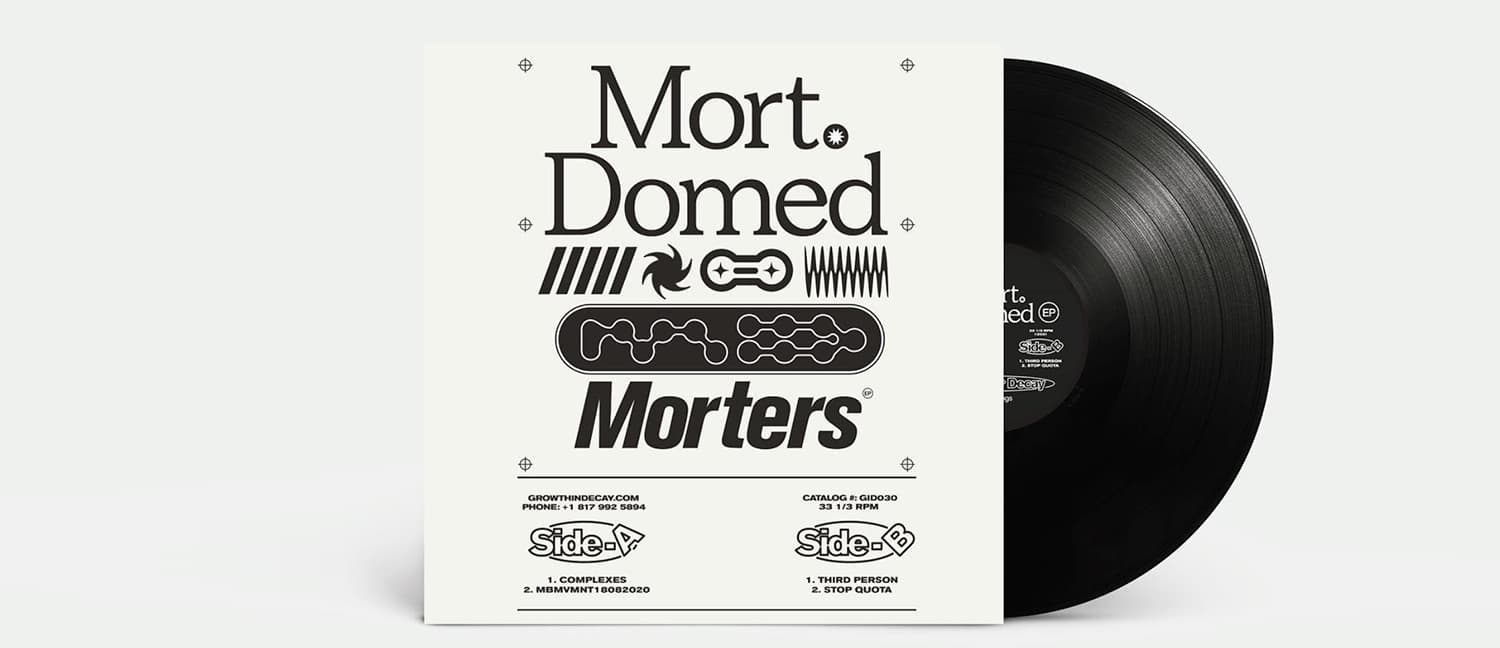Simula
Aa Ee
Aa Ee
The Alpine A110 Experienced a Remarkable Evolution


In 1990, having completed their objective to market cars in North America, Audi returned to Europe, turning first to the Deutsche Tourenwagen Meisterschaft (DTM) series with the Audi V8, and then in 1993, being unwilling to build cars for the new formula, they turned their attention to the fast-growing Super Touring series, which are a series of national championships. Audi first entered in the French Supertourisme and Italian Superturismo. In the following year, Audi would switch to the German Super Tourenwagen Cup (known as STW), and then to British Touring Car Championship (BTCC) the year after that.
They Chose To Move First Into America With The Trans-Am
In 1987, Walter Röhrl claimed the title for Audi setting a new Pikes Peak International Hill Climb record of 10:47.85 in his Audi S1, which he had retired from the WRC two years earlier. The Audi S1 employed Audi's time-tested inline-five-cylinder turbocharged engine, with the final version generating 441 kW (600 PS; 591 bhp).[93] The engine was mated to a six-speed gearbox and ran on Audi's famous four-wheel drive system. All of Audi's top drivers drove this car; Hannu Mikkola, Stig Blomqvist, Walter Röhrl and Michèle Mouton. This Audi S1 started the range of Audi 'S' cars, which now represents an increased level of sports-performance equipment within the mainstream Audi model range.


Baumgartner, Brand & Schiltach.
At the same time, a bypass shortened the Nordschleife to 20.832 km (12.944 mi), and with an additional small pit lane, this version was used for races in 1983, e.g. the 1000km Nürburgring endurance race, while construction work was going on nearby. During qualifying for that race, the late Stefan Bellof set a lap of 6:11.13 for the 20.8 km (12.9 mi) Nordschleife in his Porsche 956, or 199.8 km/h (124.1 mph) on average. This lap held the all-time record for 35 years (partially because no major racing has taken place there since 1984) until it was surpassed by Timo Bernhard in the Porsche 919 Hybrid Evo, which ran the slightly longer version of the circuit in 5:19.546- averaging 233.8 km/h (145.3 mph) on 29 June 2018. Meanwhile, more run-off areas were added at corners like Aremberg and Brünnchen, where originally there were just embankments protected by Armco barriers. The track surface was made safer in some spots where there had been nasty bumps and jumps. Racing line markers were added to the corners all around the track as well. Also, bushes and hedges at the edges of corners were taken out and replaced with Armco and grass.
In Formula One, Ralf Schumacher collided with his teammate Giancarlo Fisichella and his brother at the start of the 1997 race which was won by Jacques Villeneuve. In 1999, in changing conditions, Johnny Herbert managed to score the only win for the team of former Ringmeister Jackie Stewart. One of the highlights of the 2005 season was Kimi Räikkönen's spectacular exit while in the last lap of the race, when his suspension gave way after being rattled lap after lap by a flat-spotted tyre that was not changed due to the short-lived 'one set of tyres' rule. Prior to the 2007 European Grand Prix, the Audi S (turns 8 and 9) was renamed Michael Schumacher S after Michael Schumacher. Schumacher had retired from Formula One the year before, but returned in 2010, and in 2011 became the second Formula One driver to drive through a turn named after them (after Ayrton Senna driving his "S for Senna" at Autódromo José Carlos Pace).